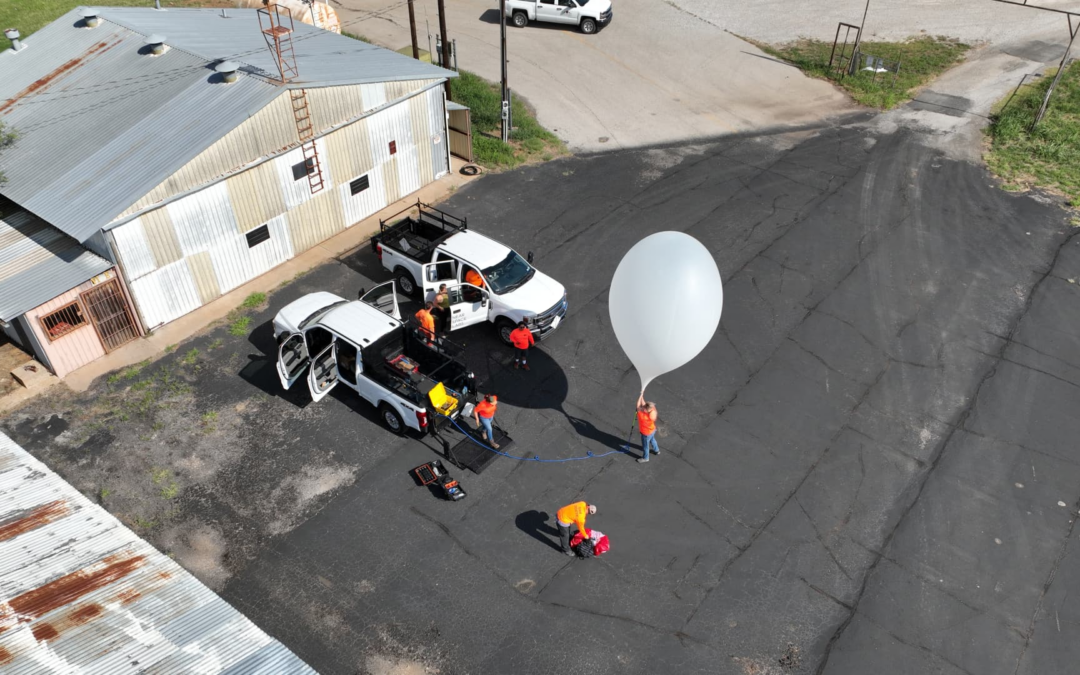The task for insurance adjusters is enormous in the wake of back to back hurricanes Helene and Milton, which caused catastrophic damage across several southern states. For decades, these adjusters have used the same methods to assess property damage after natural disasters. They visit individual properties and use small airplanes with high resolution cameras to view damage to roofs, structures and neighborhoods. The planes speed the process and help prioritize specific claims.
New technology, however, using drones, artificial intelligence and weather balloons aims to modernize and accelerate that process. Near Space Labs, a Brooklyn, New York-based startup, invented “Swifts,” or stratospheric, AI-enabled robotic cameras that fly on weather balloons. Space Labs is using Swifts to assess property risk, but by next year, they will be deployed to assess damage from climate-related disasters.
“With our balloons and our Swifts, insurance companies are able to get access to information right after the catastrophe and assess the damage and pay out claims within days instead of weeks and months,” said Rema Matevosyan, CEO of Near Space Labs.
The giant weather balloons fly twice as high as airplanes cruise. The cameras provide high-resolution imagery over thousands of square miles, according to the company.
“Our balloons capture what 800,000 drones would with one flight,” Matevosyan said. “An airplane would be flying in a snake like pattern, back and forth, back and forth for weeks to capture the data that we can capture within hours. This means that we can be faster, better and cheaper for our customers.”
And it’s not just for use after a storm. Insurance and reinsurance companies, like Swiss Re, are using Near Space to help them understand and price risk. The imagery of specifics, like roof characteristics, surrounding vegetation and defensible space are all fed into customer AI datasets. That part is especially attractive to investors.
“If you are actually going to be able to use AI to do risk analysis, you need a cheap, abundant source of imagery, and we believe that at least over the next decade, Near Space is probably the cheapest way to do this,” said Shaun Abrahamson, Managing Partner at Third Sphere, an investor in Near Space Labs.
In addition to Third Sphere, Near Space Labs is backed by Crosslink Capital, Wireframe Ventures, IAG Firemark Ventures, Toyota Ventures and Leadout Capital. It has raised $24 million in funding.
Near space has flown more than 1,000 commercial missions to assess risk, but it is still ramping up its operations for disaster response. Matevosyan said that by next year it will have scaled to a point where it can react to major climate disaster events immediately. The entire Swift system fits in a suitcase and can be shipped to operators anywhere.
“The way our operators launch our platforms is you flick a switch, you attach it to a helium balloon and let it go. Everything else happens autonomously,” she said.
CNBC producer Lisa Rizzolo contributed to this piece.









